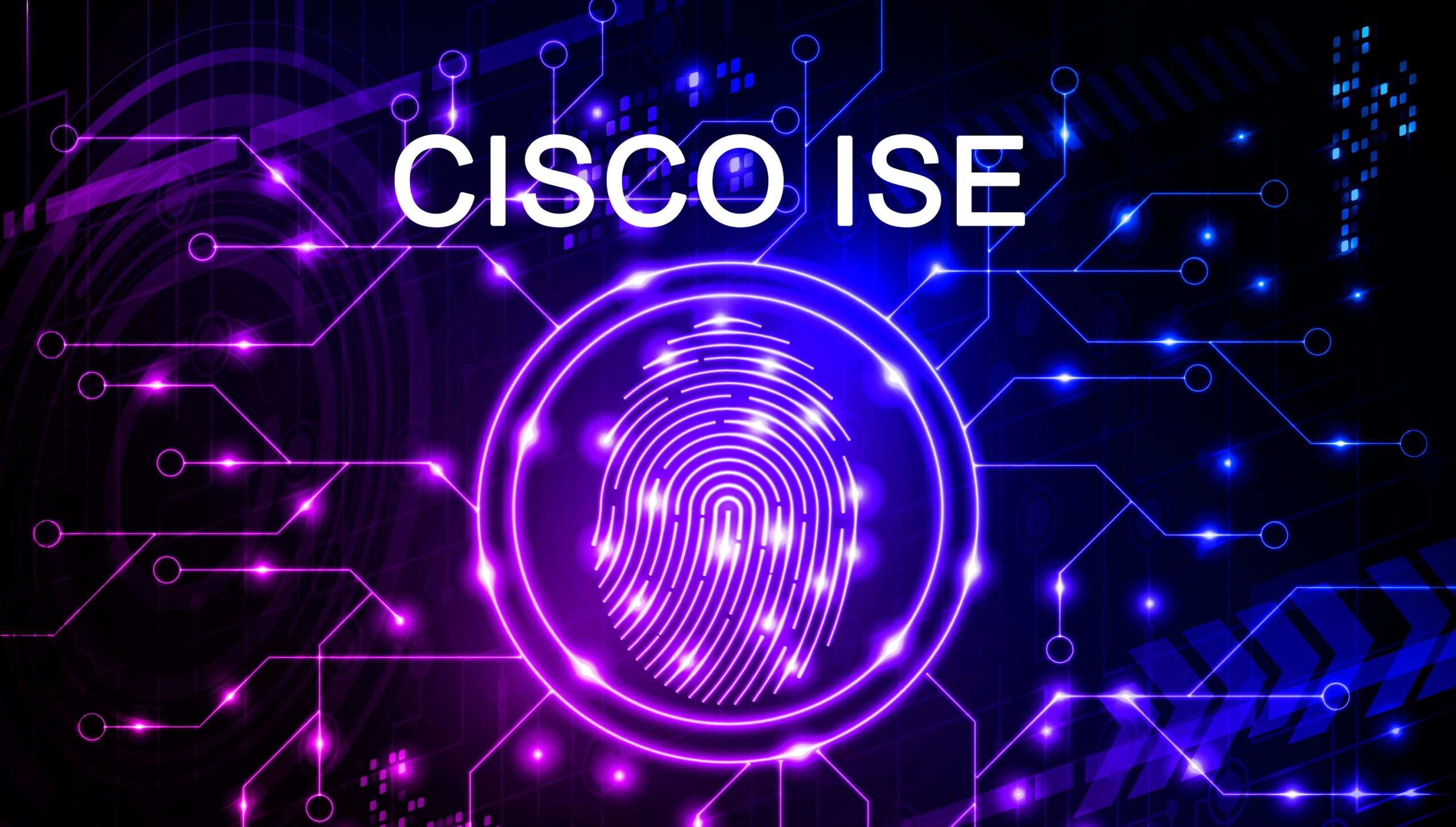
In today’s digital age, businesses face an unprecedented array of cyber threats. From data breaches to ransomware attacks, the need for robust security measures has never been more critical. This is where security architecture comes into play. It serves as the backbone of a company’s cybersecurity strategy, ensuring that information and operations remain secure against evolving threats. Whether you’re an IT professional or a small business owner, understanding the importance of security architecture can make a significant difference in safeguarding your enterprise.
Fundamentals of Security Architecture
Security architecture is built upon several core principles. These principles help ensure that a business’s information systems are protected against unauthorized access, use, disclosure, disruption, modification, or destruction. The fundamental components include:
Confidentiality
Confidentiality ensures that sensitive information is accessed only by authorized individuals. Implementing strong encryption methods and access controls is essential to maintain confidentiality.
Integrity
Integrity involves maintaining the accuracy and completeness of data. It ensures that information remains unaltered during storage or transmission. Techniques such as hashing and digital signatures are commonly used to preserve data integrity.
Availability
Availability means that information and resources are accessible to authorized users when needed. This requires robust systems and network configurations to prevent or quickly recover from disruptions caused by cyber attacks or other incidents.
By adhering to these principles, businesses can create a security architecture that forms a solid foundation for their cybersecurity efforts.
Frameworks Guiding Security Architecture

Several frameworks guide the development of effective security architectures. These frameworks provide structured approaches to designing, implementing, and managing security. Here are three popular ones:
TOGAF (The Open Group Architecture Framework)
TOGAF is a widely-used framework for enterprise architecture, including security architecture. It provides a comprehensive approach to designing, planning, implementing, and governing an enterprise information architecture.
SABSA (Sherwood Applied Business Security Architecture)
SABSA focuses on integrating security into the overall business architecture. It emphasizes aligning security strategies with business goals, ensuring that security measures support the organization’s objectives.
OSA (Open Security Architecture)
OSA aims to create standardized security architectures for different types of organizations. It provides a collection of best practices, guidelines, and templates to help businesses develop their security architectures effectively.
By leveraging these frameworks, businesses can ensure that their security architectures are well-structured and aligned with industry standards.
Cloud Security Architecture
As businesses increasingly adopt cloud computing, securing cloud environments has become a critical aspect of security architecture. Cloud security architecture involves protecting data, applications, and services hosted in the cloud. Here are some key considerations:
Understanding Shared Responsibility
In cloud environments, security is a shared responsibility between the cloud service provider and the customer. Businesses must understand their role in securing data, applications, and workloads within the cloud.
Implementing Strong Access Controls
Access controls are vital in cloud security. Businesses should implement multi-factor authentication (MFA) and role-based access controls (RBAC) to restrict access to sensitive data and resources.
Ensuring Data Protection
Data protection measures, such as encryption and data loss prevention (DLP) tools, are essential to safeguard information stored in the cloud. Regularly backing up data and establishing disaster recovery plans are also crucial.
By addressing these considerations, businesses can build a robust cloud security architecture that protects their digital assets in the cloud.
The Benefits of a Robust Security Architecture
Implementing a solid security architecture offers numerous benefits for businesses. These benefits can be both tangible and intangible, providing a competitive edge in today’s digital landscape.
Reduced Risk
A well-designed security architecture helps mitigate risks by identifying vulnerabilities and implementing appropriate controls. This reduces the likelihood of successful cyber attacks and minimizes potential damage.
Enhanced Compliance
Many industries have regulatory requirements related to data security and privacy. A robust security architecture ensures that businesses comply with these regulations, avoiding potential fines and legal consequences.
Increased Trust
Customers and partners are more likely to trust businesses that demonstrate a strong commitment to security. By implementing a comprehensive security architecture, businesses can enhance their reputation and build trust with stakeholders.
These benefits highlight the importance of investing in security architecture to protect business interests and maintain a competitive edge.
Best Practices for Security Architecture

Developing and maintaining an effective security architecture requires ongoing effort. Here are some best practices to help businesses stay ahead of evolving threats:
Conduct Regular Security Assessments
Regular security assessments, including vulnerability scans and penetration tests, help identify weaknesses in the security architecture. Addressing these vulnerabilities promptly is crucial for maintaining a strong security posture.
Stay Informed About Emerging Threats
Cyber threats are constantly evolving. Staying informed about the latest threats and attack techniques enables businesses to adapt their security measures accordingly. Subscribing to threat intelligence feeds and participating in industry forums can provide valuable insights.
Foster a Security-Conscious Culture
Creating a culture of security within the organization is essential. This involves training employees on security best practices, raising awareness about potential threats, and encouraging a proactive approach to security.
By following these best practices, businesses can develop and maintain a security architecture that effectively addresses current threats and aligns with their goals.
Let’s work together
In conclusion, security architecture is a critical component of any modern business’s cybersecurity strategy. By understanding the fundamentals, leveraging established frameworks, and implementing best practices, businesses can build a robust security architecture that safeguards their information and operations against evolving threats. Whether you’re an IT professional or a small business owner, investing in security architecture is essential for maintaining a competitive edge and ensuring the long-term success of your organization.
If you’re ready to strengthen your security posture, consider reaching out to Firefly for expert advice and solutions in security architecture. Together, we can build a resilient security framework that protects your business and empowers your team.







